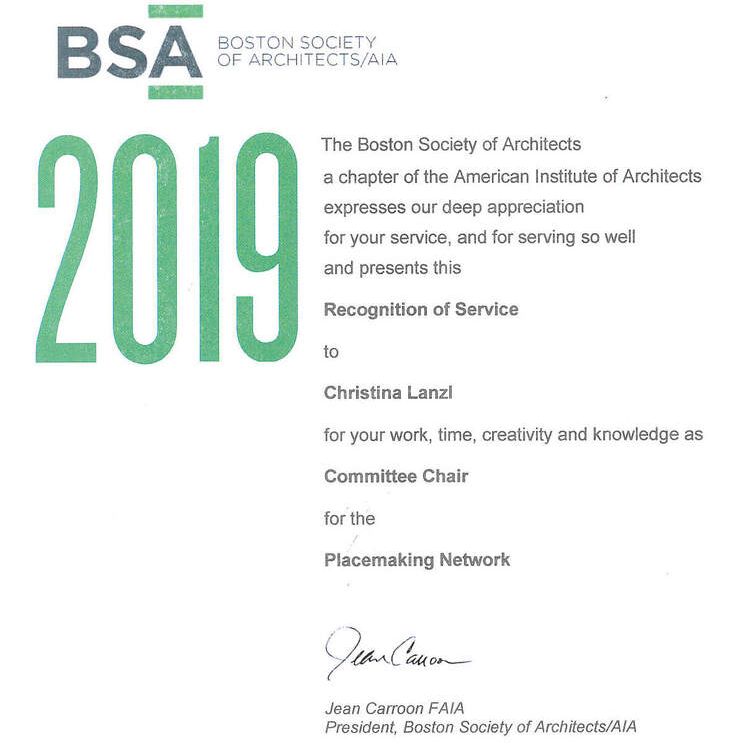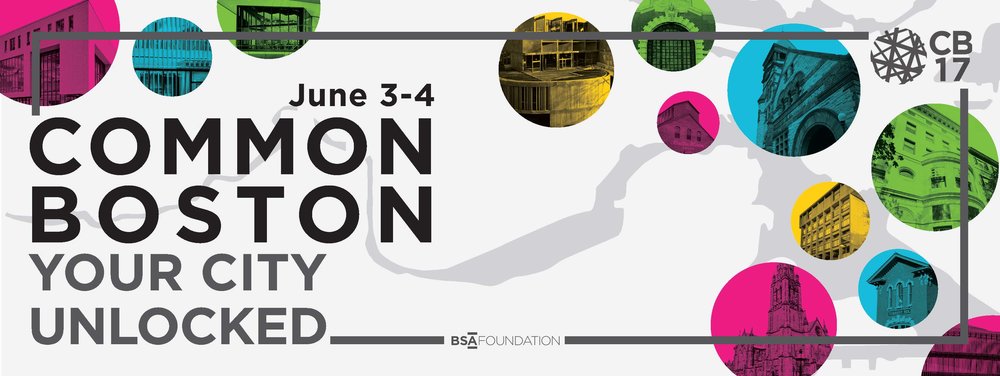The initial Boston Society of Architects newsletter announcement started with the premise: “The topics of placemaking and quality of life have entered architecture and planning conversations as they have entered creative arts conversations.” Rather than simply functioning as a standing committee, the Placemaking Network had a mission to build a network of like-minded people who would introduce placemaking principles to their work and communities. By now, the network has grown to include engaged citizens and professionals of many backgrounds and disciplines.
Since the beginning, concepts and case studies have been shared at monthly seminars where invited speakers present topics that are then discussed in a moderated roundtable format. The foundation of our work is that placemaking offers interdisciplinary dialogue on a successful public realm that engages communities and enriches lives. Initially, the spark of successful public places that are actively used or programmed by communities was ignited by proactive urbanists, whose publications honed in on the placemaking tenets.
After ten years of experience and conversations, the Placemaking Manifesto took form. Christina Lanzl invited co-chair Robert Tullis and architectural historian Anne-Catrin Schultz to co-write a one-page policy that lists the core placemaking principles in six points. Using the equation symbol to summarize each value the document reads like a poem. Our draft was reviewed and confirmed by our network’s interdisciplinary ad hoc working group. Succinctly, we concluded that placemaking is about sense of place. Everybody––people of all backgrounds, ages and abilities––can participate in creating successful public places. Everyone can serve the agenda of excellence in design, healthy communities and thriving neighborhoods. We see our built environment as a common good that comes alive through an understanding of how humans instinctively relate to space, design leadership that leverages it, and activity programming that capitalizes on it. Over the years, my ongoing work in the field of public art and with the Placemaking Network has been a cross-fertilizer on how to best mark place, history and time through integrative, community-based public art and culture that furthers identity, local storytelling as well as learning.
This story includes an excerpt from the essay "Toward a New Paradigm: Public Art and Placemaking in the 21st Century" by Christina Lanzl, published in Extraordinary Partnerships: How the Arts and Humanities are Transforming Society, edited by Christine Henseler (Lever Press, 2020).


 RSS Feed
RSS Feed